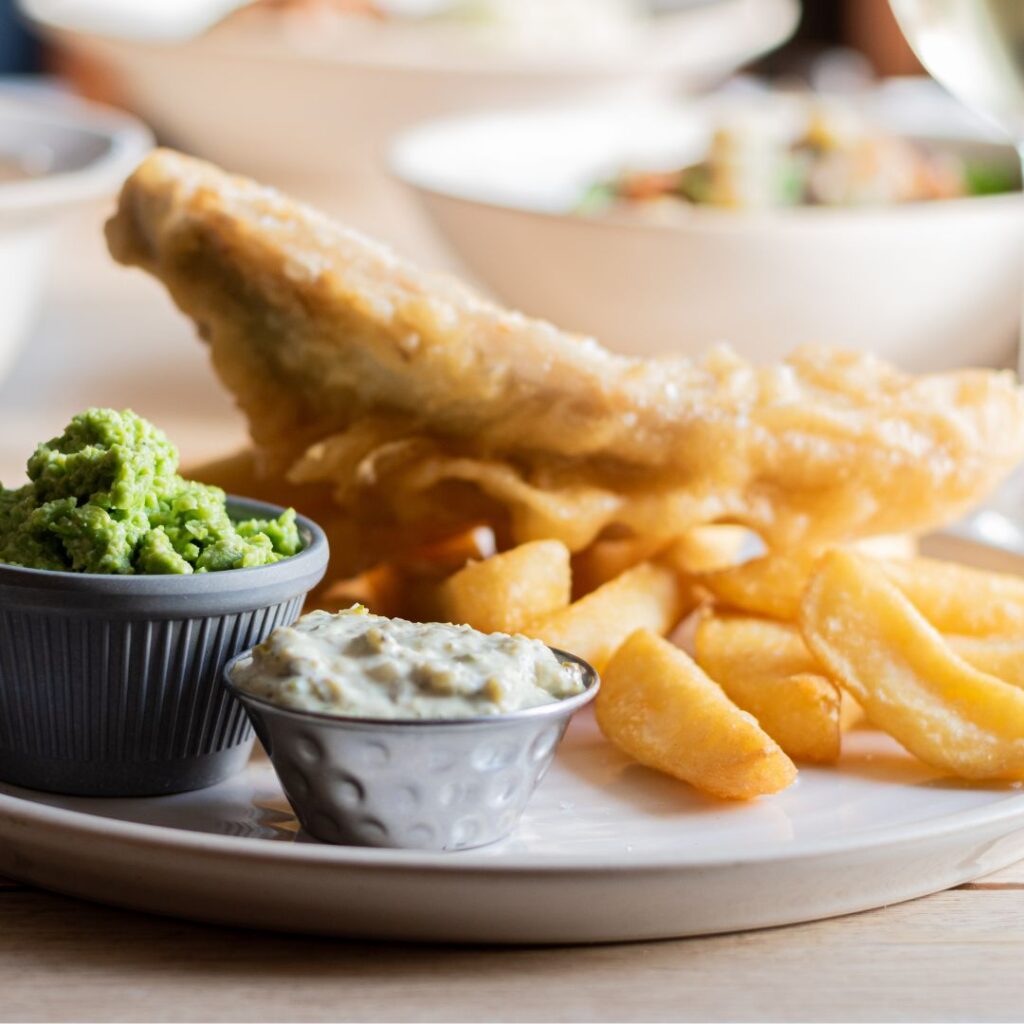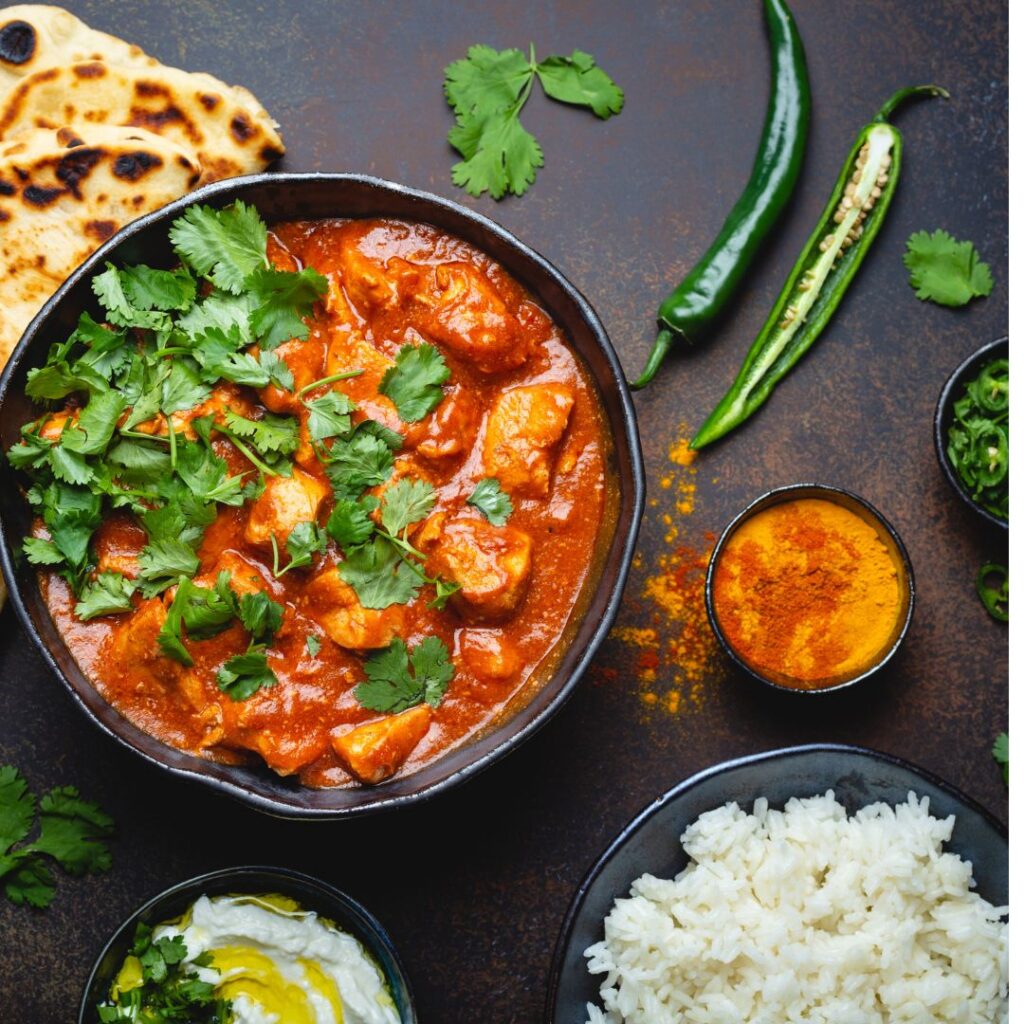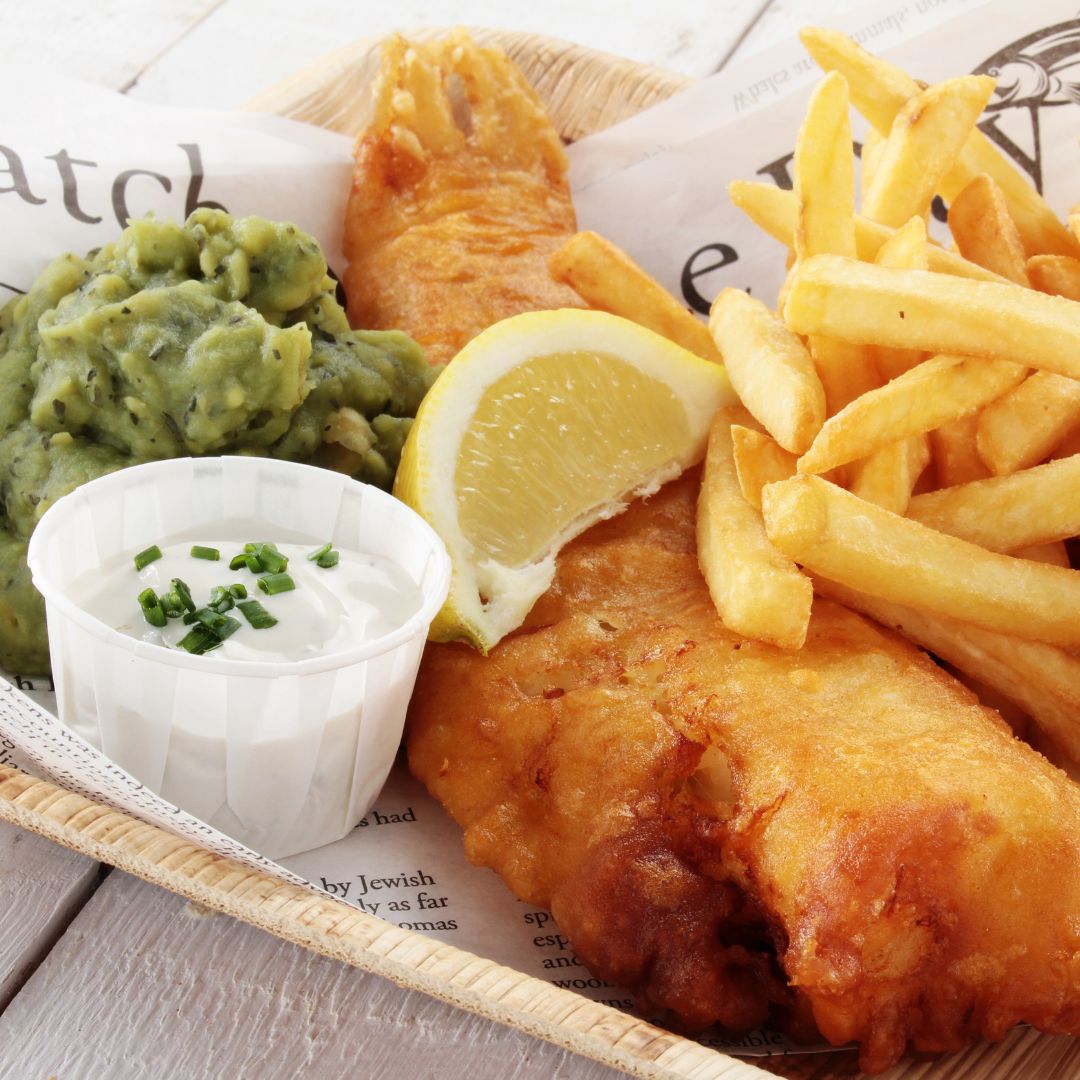Written By: Anne Thomas
Though British food has long been the object of ridicule, migrants have revolutionised the food scene, bringing spice and chilli as well as an array of fruit and vegetables that many would not have recognised a few decades ago to the shops.
When they sit down to eat, the French say “bon appetit,” the Italians say “buon appetito” and the English say “good luck.” There might have been a time when this “joke” resonated. Britons abroad often face derision because of “their” food. It’s insipid, they are told. Overcooked cabbage and tough meat are what many people think the average person living in Britain eats. But the foreigners making fun of them have clearly not been to the UK for decades and this joke is neither funny nor anywhere close to reflecting reality. Step into a supermarket today and there will be ready meals whose inspiration comes from all over the world, as well as all the ingredients necessary for the home cook to prepare a delicious meal that is far from bland.
An Italian friend of mine who came to the UK in the 1970s recalls having to go to the chemists to buy olive oil, which came in small bottles and was very expensive. No need for this today, and you will also find plenty of basil and mozzarella if you’re making pizza or curry leaves, turmeric and chillis if you’re cooking a curry.
In more recent years, tahini and rose harissa have made their way into the supermarkets and we have one of the most famous migrants in the UK to thank for this wonderful addition, as well as of preserved lemons and pomegranate molasses. The team around Jerusalem-born chefs Yotam Ottolenghi and Sami Tamimi have revolutionised the food scene in this country, changing the way people eat as well as cook. For vegetarians, the Middle Eastern staple is now almost as common a sandwich filling as the more traditional cheddar or egg mayonnaise.
Though the food of world has become increasingly exciting in recent decades, food in Britain has always been influenced by “foreignness.”
What’s your cup of tea?
Take tea for example, arguably one of the beverages most commonly associated with Britain, whether you think of aristocrats sipping Earl Grey with a cloud of milk from porcelain cups or builders guzzling mugs of a strong brew with lots of sugar. Even your most fervent Brexiteers or those rioters this summer probably drink several cups a day. Yet, it is hardly a local plant. Most of the tea consumed in Britain today is reportedly grown in East Africa, but the first leaves drunk on these isles came from China after Dutch traders brought it to Europe and it became fashionable in London coffee houses. In 1664, the East India Company started importing tea to Britain and by the 19th century it had become part of daily life across the classes.
“Empire pudding” anyone?
As we enter the pre-Christmas period, which in Britain seems less about religion and more about food these days, it might come as a surprise to ardent nationalists that the quintessentially English mince pies and Christmas pudding would never have been possible without an array of ingredients from abroad: For example, citrus peel, nutmeg, cinnamon, cloves, brandy, raisins and currants. In the 1920s, the Christmas pudding was promoted by the British Women’s Patriotic League. They renamed it “Empire Pudding”, which they said should be made from the ingredients of Britain’s colonies. The dried fruits came from Australia and South Africa, the spices from India and they suggested that Jamaican rum be used to replace French brandy.

A quick timeline of migration to Britain
Just as many classic British dishes rely on ingredients from abroad, so does the economy. Many of the people working in the hospitality sector are migrants, often paid less than the average worker in the country. Invasion, conquest, trade, empire, persecution, war and globalisation have influenced the migration of Britain in and out of Britain, and all migrants have brought with them their own traditions and food culture.The Huguenots who fled religious persecution in France in the late 17th century brought with them exotic food such as oxtail soup, caraway seeds and pickles.Migrants started coming in from out of Europe in the 1700s because of the East India Company. Sailers and workers married local women, as did people who came to Britain to study. And there were also many less willing migrants, enslaved people from West Africa were sent to the English colonies in the Americas and many then ended up in Britain. More than 1 million people arrived in Britain from Ireland as a result of the potato famines in the mid-19th century. Many settled in London’s East End. The next large community to notably expand that area’s culinary wealth was Jewish. By 1914, around 120,000 Jewish migrants fleeing pogroms in the Russian Empire had arrived. They went on to have a huge influence on the capital’s food scene.

Who “invented” fish and chips?
It is said that in 1860 a certain Joseph Malin opened the first “fish and chip” shop in the country, selling “fish fried in the Jewish fashion”. It is not known whether he was from an East European Jewish family or from Cornwall but he was not a local for sure. “Fish fried in the Jewish fashion” had been introduced into England by Western Sephardic Jews who had been driven out of Portugal. Fish was coated in a batter and then fried in oil. Potatoes, also migrants, arrived from the Americas in the 16th century – though it is not known who invented chips, it is reportedly Malin who came up with the genius idea of serving them with fish. Thus, the now beloved “chippy” was born.
The pickled eggs, onions and gherkins often sold alongside the fish and chips, were also introduced by Jewish migrants from Eastern Europe. There were also dozens of Jewish bakeries in the East End at the time, and many sold bagels as well as challah bread. Even the pies that are also a London mainstay were brought over by the Romans several centuries before.
The East End’s South Asian community
Immigration to Britain grew during World War. Many of the 1.3 million soldiers from India who fought on behalf of Britain settled in the UK after 1918. Many more migrants arrived from South Asia after the Second World War and the collapse of the British empire, particularly from the Punjab in India, Mirpur in Pakistan and the Sylhet region of what became Bangladesh. Though they settled all over the country, a large community of South Asians developed in London’s East End, cohabiting with the Irish and Jewish community. They were responsible for the second wave of Anglo-Indian cuisine. The first wave, which had made Indian food popular in Britain as well as in the empire, had been developed by cooks in the British Raj. From the 1950s, Brick Lane became famous for its curry mile, as family after family opened up restaurants serving tandoori chicken and palak paneer. These restaurants then inspired emulations all over the country and with the decades they became more specialised, now often reflecting the culinary traditions of the regions from which the owners hail.

There are various legends regarding Britain’s national dish – chicken tikka masala. Some say it was invented in Punjab just a few decades ago. Others say it goes back to the British Empire. One plausible story is that a Pakistani chef in Scotland created it in 1970. In any case, it is now served in restaurants all over the country and world and has become very popular. The country’s main supermarkets also sell variations on it as ready meals.
Caribbeans bring jerk chicken
Jerk chicken, Jamaica’s national dish, is perhaps less popular in Britain than chicken tikka masala but it too has pride of place in London, Bristol and other cities where there is a sizeable Caribbean community. Though there had always been some people from the West Indies in Britain, there was a steady flow of migrants in the 1960s and 1970s who came to work and they brought their culinary heritage with them.
After Second World War, labour shortages in Britain and work shortages in Europe had led the UK government to encourage immigration from the continent. Most came from Poland and Italy but still the workforce was not big enough so the government turned to the Commonwealth and advertised in the West Indies. The influx of migrants from South Asia, the Caribbean and Africa to Britain in the second half of the 20th century brought spice and chilli to an otherwise sometimes insipid cuisine. Today, most Britons say they enjoy eating food that would once have been considered “foreign” and possibly suspicious.
Chefs are cultural diplomats
Many of the country’s most famous chefs are migrants like Ottolenghi and Tamimi, or the children of migrants, such as Yasmin Khan, Meera Sodha and Nadiya Hussain. Presenting their recipes and cookbooks to a wide audience, they follow in the footsteps of the legendary Madhur Jaffrey, the Indian-British-US actress who started publishing cookbooks in the 1970s that helped whole generations learn to cook Indian cuisine. With their books, not only do these chefs teach people to cook in a more varied manner and appreciate different flavours, they also open up whole new worlds and allow them to travel cheaply and ecologically. Thus, you can be in a provincial town in northern England on a rainy day and through a fish curry be transported to a small seaside village in Bangladesh. And these chefs also act as cultural diplomats. The author of a government report on community cohesion once said that Nadiya Hussain had done “more for British-Muslim relations than 10 years of government policy.” In 2016, the Muslim chef of Bangladeshi heritage who rose to fame the year before after winning The Great British Bake Off was invited to bake a cake when the late Queen Elizabeth turned 90. She chose to bake an orange drizzle cake with orange curd and orange buttercream. Much could be learned from the symbolism of the daughter of Bangladeshi migrants to Britain cooking a traditional cake for the once head of the British Empire.

